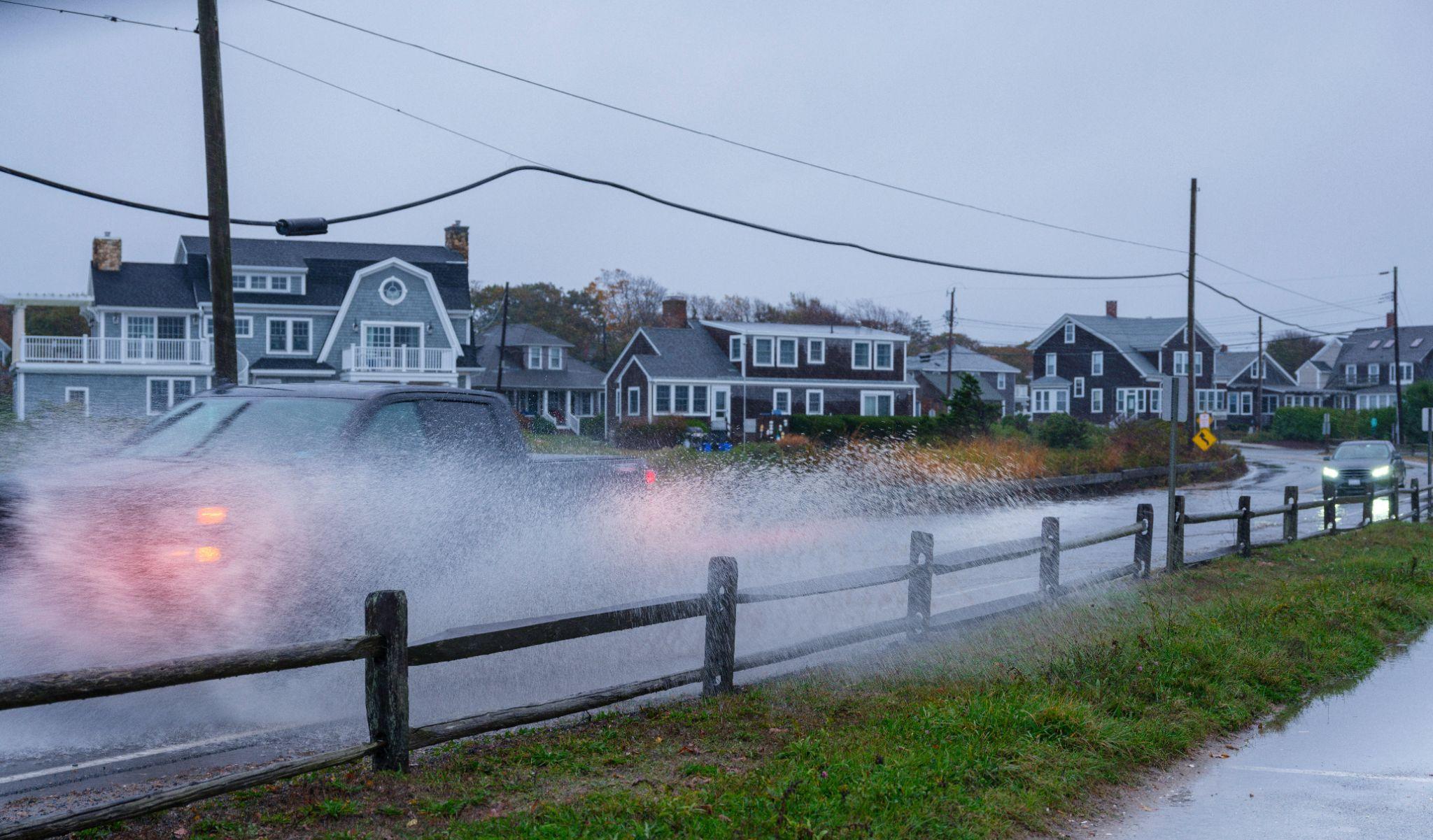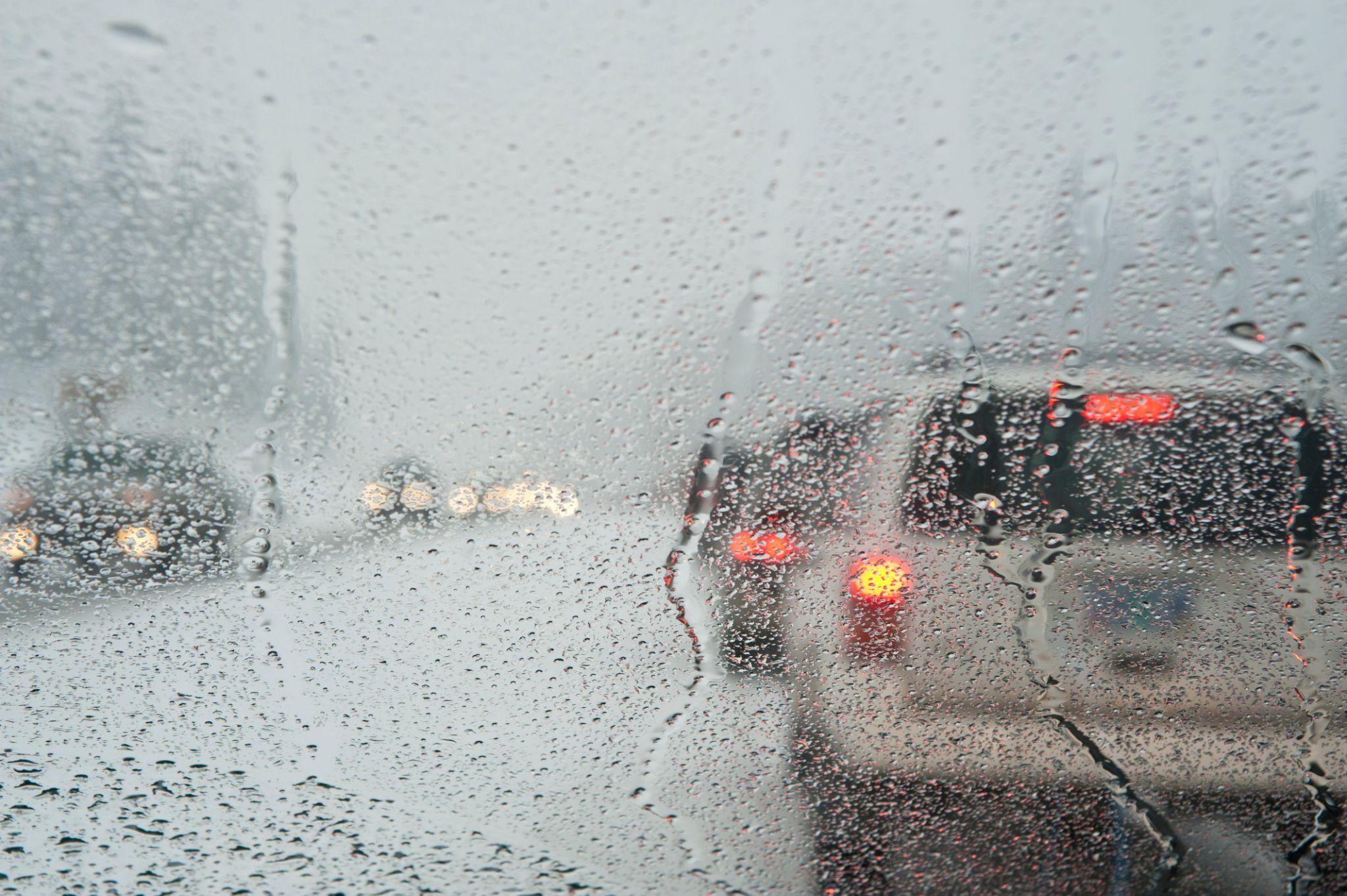
Driving in rigorous weather conditions, such as severe storms, can be extremely challenging and dangerous. It’s essential to prioritize safety and take necessary precautions to protect yourself, your passengers, and your vehicle. At Ticket School, we understand the importance of safe driving practices, especially during adverse weather conditions. We’ll provide you with valuable tips and guidance on how to navigate through severe storms with caution.
Understanding the Risks
Before venturing out onto the road during dangerous weather conditions, it’s crucial to assess the risks involved. Relentless storms often bring strong winds, heavy rain, reduced visibility, flooding, and other hazards that can significantly impact driving conditions. By understanding the risks associated with these weather events, you can better prepare yourself and make informed decisions about whether or not it is safe to travel.
Stay Informed
One of the most important steps you can take to ensure your safety is to stay informed about the weather conditions. Pay close attention to local weather reports, advisories, and warnings issued by meteorological agencies. These sources will provide you with up-to-date information about the severity of the storm, its projected path, and any potential risks it poses to your area. By staying informed, you can make timely decisions regarding your travel plans and take appropriate actions to stay safe.
Plan Ahead
When alarming weather is on the horizon, it’s crucial to plan your journey carefully. If possible, consider postponing your travel until the storm has passed and conditions have improved. However, if it’s absolutely necessary to travel, plan your route in advance and allow for extra time to account for potential delays and detours.
Prepare Your Vehicle
Preparing your vehicle before setting out on a journey during rigid weather is essential. Ensure that your vehicle is in good working condition, with properly inflated tires, functional windshield wipers, and sufficient fuel. Additionally, check your vehicle’s headlights, taillights, and brake lights to ensure they are in proper working order. It’s also a good idea to pack an emergency kit containing essential items such as a flashlight, spare batteries, first aid supplies, and non-perishable food and water.
Adjust Your Driving Habits
Driving in unyielding weather requires adjusting your driving habits to adapt to the challenging conditions. Here are some important tips to keep in mind.
Reduce Your Speed
Reduce your speed significantly when driving through severe storms. High winds and heavy rain can make the road slippery and reduce visibility, making it difficult to control your vehicle. Driving at a slower speed allows for better maneuverability and reaction time, reducing the risk of accidents.
Increase Following Distance
Maintain a safe distance between your vehicle and the one in front of you. The recommended following distance in normal conditions is at least two seconds, but during demanding weather, it’s advisable to increase this distance even further. The increased distance allows for more time to react to sudden stops or other emergencies.
Avoid Cruise Control
Avoid using cruise control when driving in dire weather conditions. Cruise control can interfere with your ability to maintain control of the vehicle, especially on wet or slippery surfaces. By keeping your foot on the accelerator, you can better respond to changes in road conditions.
Use Headlights and Wipers
Always use your headlights during heavy rain, reduced visibility, or low light conditions. This helps other drivers see your vehicle and enhances your own visibility. Additionally, ensure that your windshield wipers are in good condition and set to an appropriate speed to maintain a clear view of the road.
Don’t Drive Through Standing Water
Avoid driving through standing water on the road. It’s challenging to determine the depth of the water, and even a few inches can cause your vehicle to lose traction or become immobilized. Driving through floodwaters also puts you at risk of being swept away or encountering hidden debris that can damage your vehicle.
Stay Calm and Focused

Lastly, it’s crucial to stay calm and focused while driving in harsh weather conditions. Keep both hands on the steering wheel, avoid distractions, and concentrate on the road ahead. By maintaining a composed mindset, you can make better decisions and react appropriately to any sudden changes or hazards.
Driving through a severe storm requires utmost caution and preparedness. By understanding the risks, staying informed, planning ahead, preparing your vehicle, and adjusting your driving habits, you can significantly increase your safety on the road. Remember, it’s always better to prioritize your well-being and delay travel if the conditions are too hazardous. Stay safe, stay informed, and drive responsibly.
The Ticket School,com defensive driving, traffic school, and driver improvement courses will guide you through practical lessons and provide you with valuable insights on how to drive safely during intense storms. You’ll learn effective techniques for maintaining control of your vehicle, adjusting your driving habits, and making informed decisions to protect yourself and your passengers.
Are you prepared to handle the challenges of driving through severe storms? Don’t leave your safety to chance. At Ticket School, we offer comprehensive online driving safety courses that equip you with the knowledge and skills to navigate through the toughest weather conditions with confidence.
